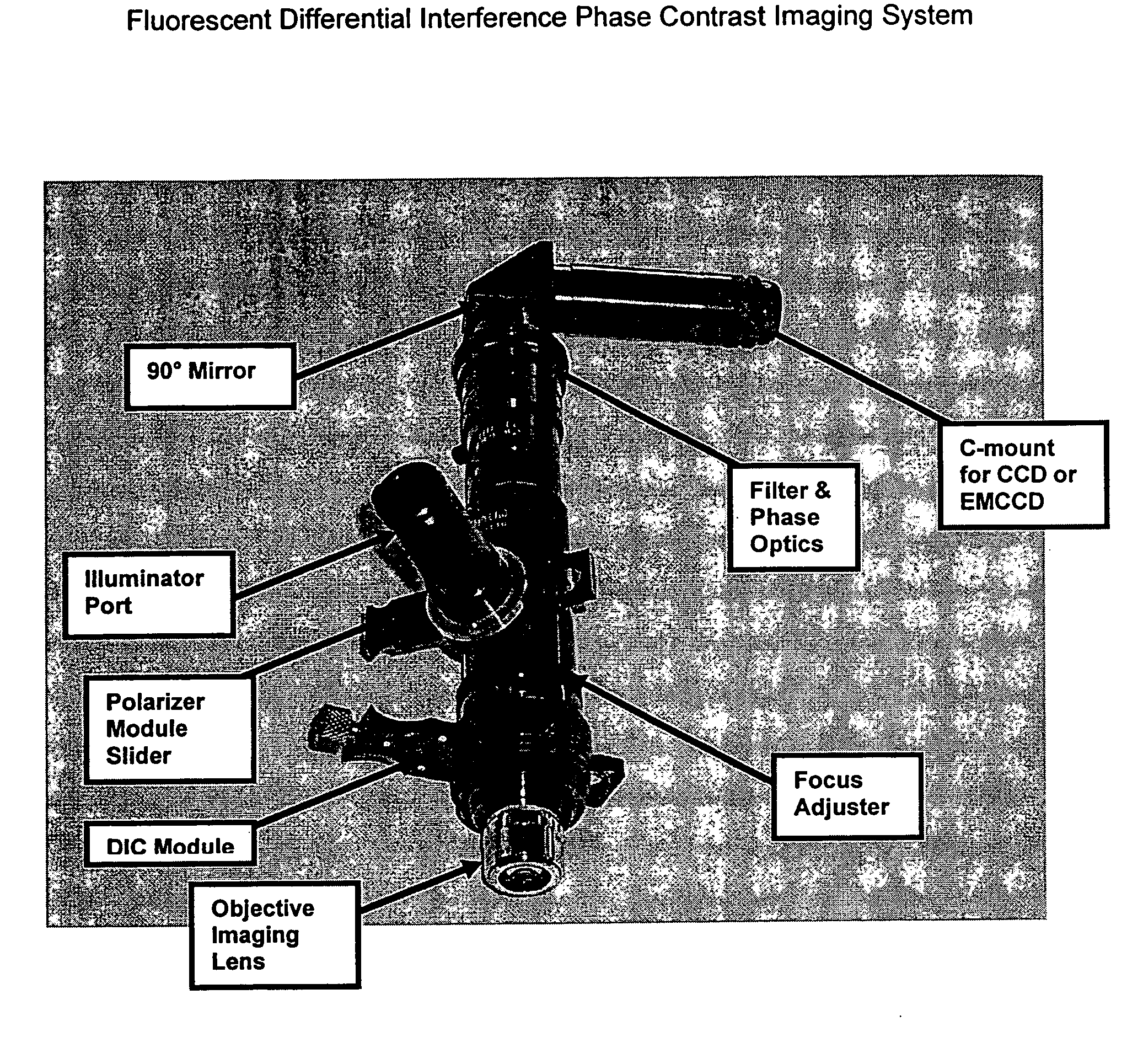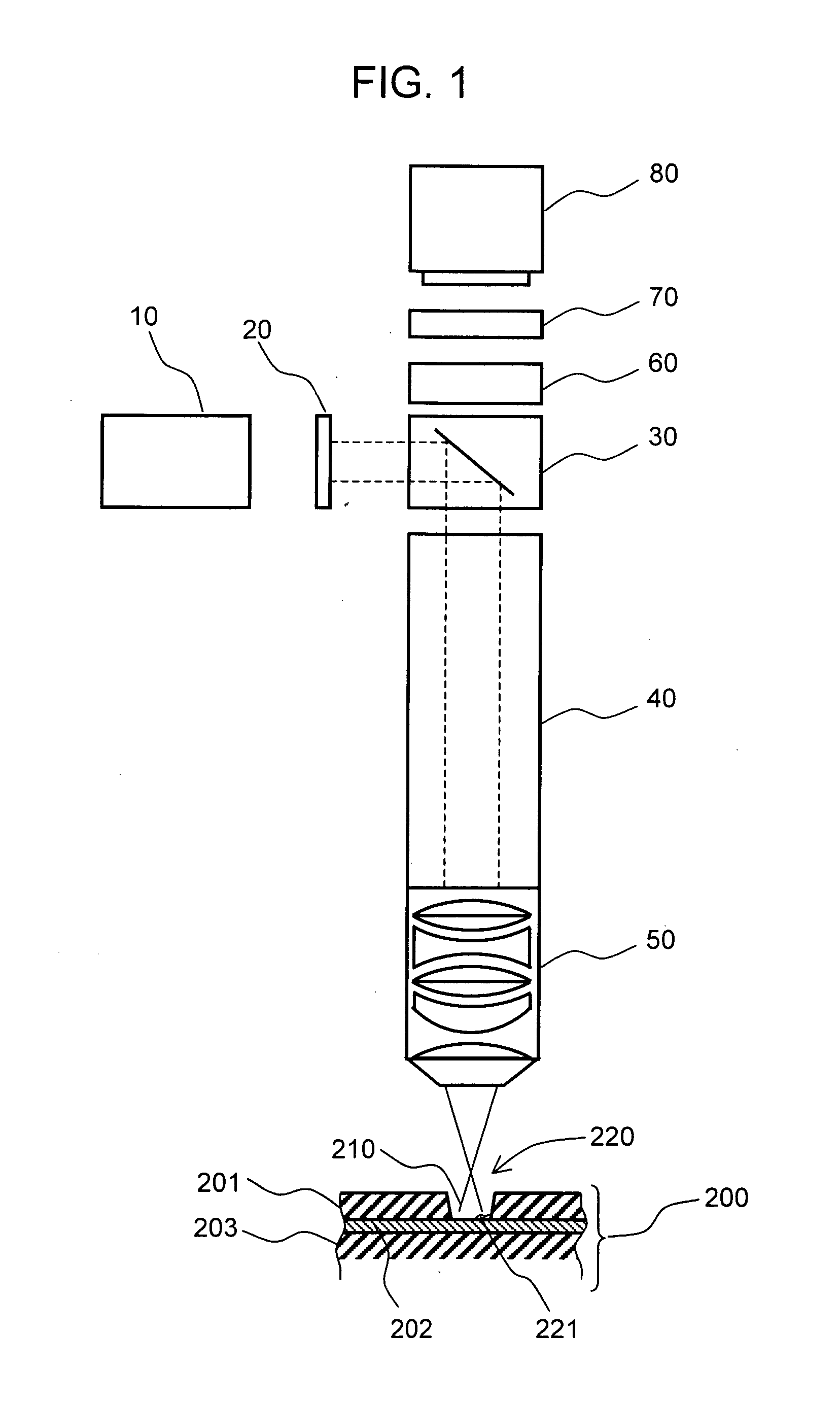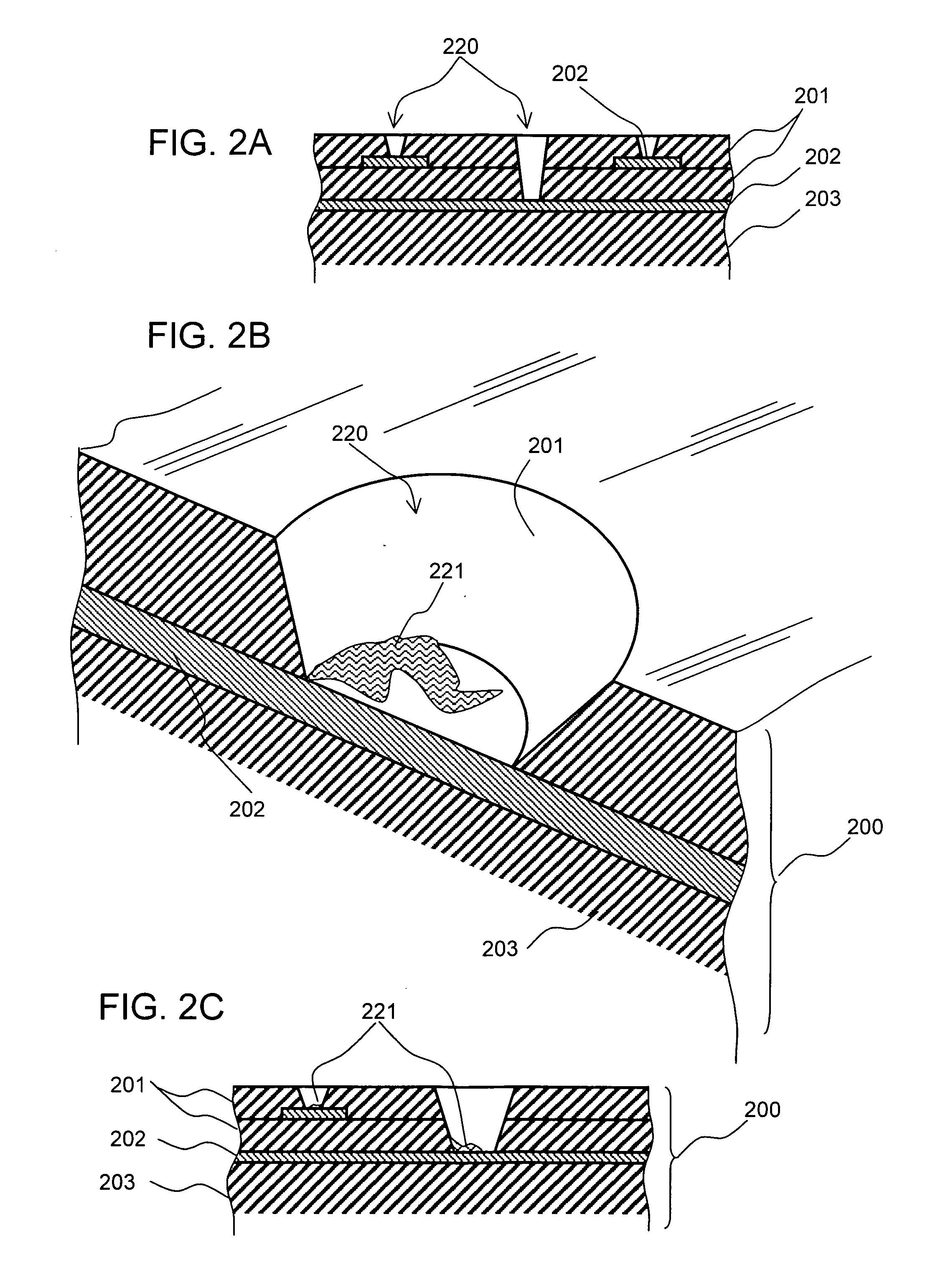Inspection method and apparatus for partially drilled microvias
a micro-via and inspection method technology, applied in the direction of inspection/indentification of circuits, instruments, printed circuit manufacture, etc., can solve the problems of micro-via when plated or filled with a conductor shortening or electrical failure once the product is sold, and achieve the effect of improving the signal-to-noise ratio
- Summary
- Abstract
- Description
- Claims
- Application Information
AI Technical Summary
Benefits of technology
Problems solved by technology
Method used
Image
Examples
Embodiment Construction
[0038]FIG. 1 shows a basic system that can image the defects by the use of the fluorescence emission.
[0039]The first approach uses a standard CCD and / or an EMCCD (hereinafter, simply referred to as “CCD”) 80. The use of a EMCCD or a L3CCD “Low Light Level CCD” provides a means to image very low fluorescent emissions from polymers being illuminated by an appropriate excitation wavelength. This system is optimized for higher sensitivity, faster speed, enabling lower concentrations of emitting molecules to be detected with shorter exposure times and lower excitation powers. The CCD 80 is coupled to a series of optical elements (filters) 70 including a UV filter or a specific filter for the illuminator wavelength or a stack of filters to isolate the wavelength of light being emitted by the polymer being illuminated.
[0040]The next stage is conditioning optics 60 to transfer the image to the CCD 80. This optic provides added capability to condition the image formed by the emission of fluo...
PUM
 Login to View More
Login to View More Abstract
Description
Claims
Application Information
 Login to View More
Login to View More - R&D
- Intellectual Property
- Life Sciences
- Materials
- Tech Scout
- Unparalleled Data Quality
- Higher Quality Content
- 60% Fewer Hallucinations
Browse by: Latest US Patents, China's latest patents, Technical Efficacy Thesaurus, Application Domain, Technology Topic, Popular Technical Reports.
© 2025 PatSnap. All rights reserved.Legal|Privacy policy|Modern Slavery Act Transparency Statement|Sitemap|About US| Contact US: help@patsnap.com



